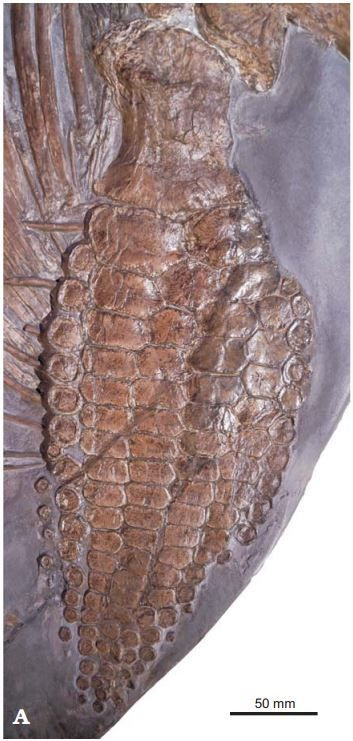Secret Copies Of 'Fish Lizard' Fossil Thought To Be Lost During Nazi Bombing Found
KEY POINTS
- The two plaster casts were of the ichthyosaurus specimen, whose name translates to "fish lizard"
- The original fossil was housed in the collection of the Royal College of Surgeons, London
- More iterations of cast of this specimen may exist elsewhere
Two copies of the first complete fish lizard fossil, whose original was said to have been lost during World War II, have been found.
The historic discovery has the paleontological community excited.
Interestingly, there were no known records of copies ever made of the fossil, according to the study, published in the journal Royal Society Open Science on Wednesday.
"The specimen was the first skeleton of an extinct marine reptile in the scientific literature and the most complete ichthyosaur skeleton known at the time," researchers Dean Lomax, from the University of Manchester in northwest England, and Judy Massare, from New York State University, said in their paper.
Lomax and Massare described the findings as "historically important."
The two plaster casts were of the ichthyosaurus specimen, whose name translated to "fish lizard." The original fossil, housed in the collection of the Royal College of Surgeons, London, was believed to have been destroyed during a bombing raid during World War II.
The fossil was brought to the attention of the scientific community in 1819 by Sir Everard Home. At the time, it was named Proteosaurus. The name was subsequently changed to "ichthyosaurus." The skeleton was from Lyme Regis, and was believed to have been found by the fossil hunter Mary Anning.
One cast, likely to be a "cast of a cast," was found at the Peabody Museum of Natural History at Yale University in the United States. It was donated to the institution in 1930.
The cast mentions it is indeed an ichthyosaurus specimen from Lyme Regis on the Jurassic coast of Dorset, southern England, the place where Anning and her family went fossil hunting in the early 19th century.
The other cast is at the Natural History Museum in Berlin, and mentions it is a "plaster cast of an ichthyosaur skeleton from an unknown location." The cast was in excellent condition and was more detailed, likely cast later using newer methods, researchers noted.
"Considering that the original was destroyed during World War II, it is somewhat ironic that the cast in the best condition is in the Berlin Museum," the researchers commented, reported ScienceAlert.
The lost ichthyosaur skeleton was bought for £100 by the Royal College of Surgeons, having failed to sell at an auction by Anning in 1820.
Unbelievably, the amount is valued at nearly £7,500 (US$8,600) today.
Distant relatives of lizards and snakes, ichthyosaurus was part of a larger group called ichthyosaurs. The animal was said to have existed between 251 million and 65.5 million years ago in the Jurassic period.
About three meters (10 feet) in length, ichthyosaurus had physical features, including four flippers, large eyes, a pointed snout, and rows of sharp teeth. They lived in water, but needed air to breathe.
"This case illustrates the importance of old casts in museum collections. Additional, yet unrecognized casts of this specimen might exist in the UK or elsewhere," researchers wrote in the journal.

© Copyright IBTimes 2024. All rights reserved.





















